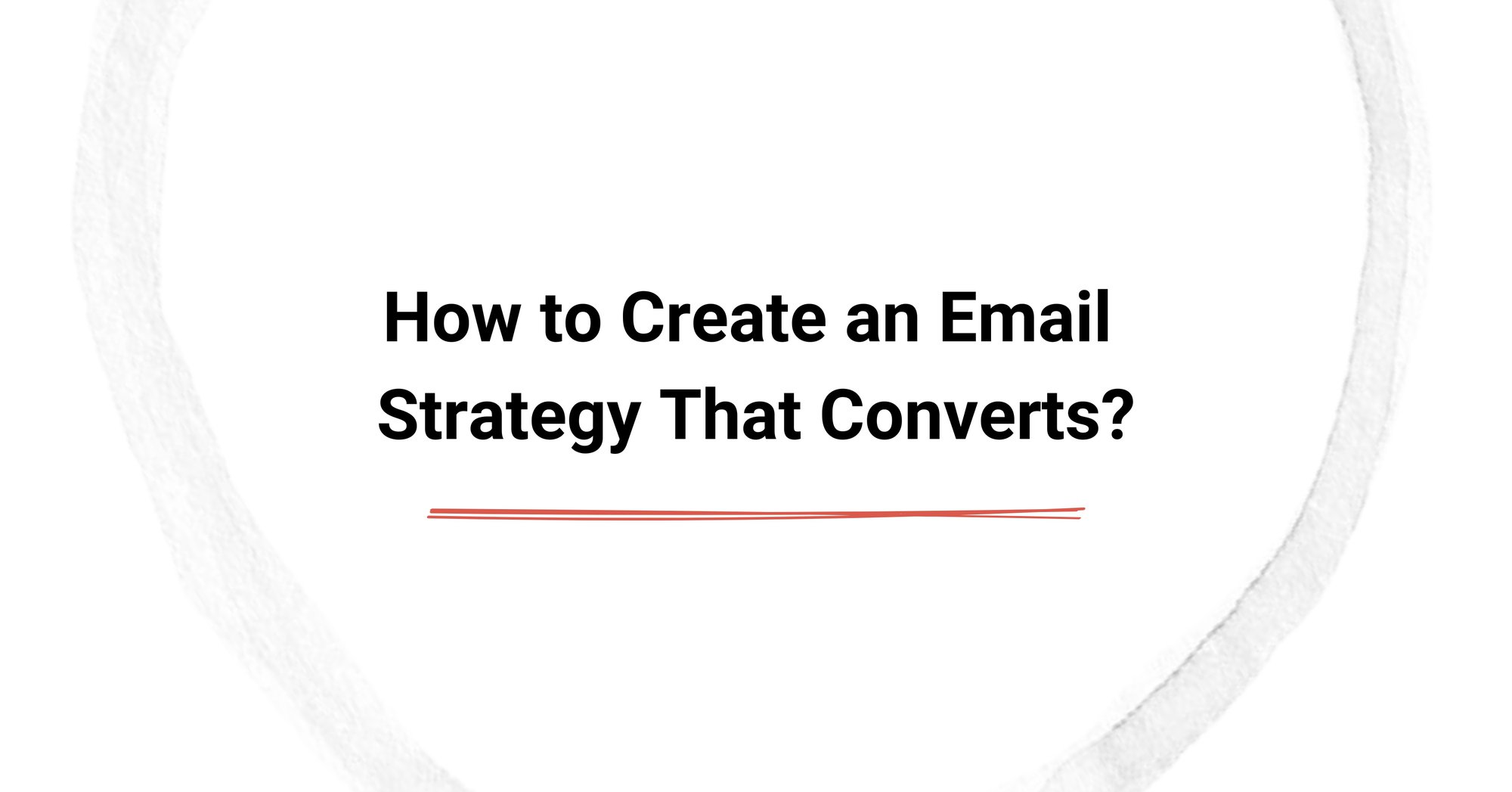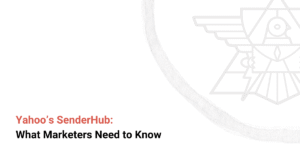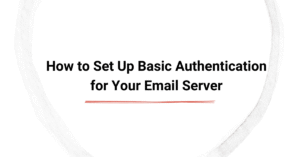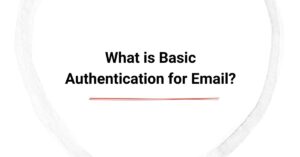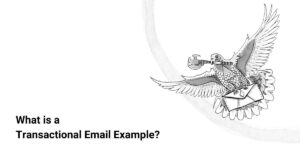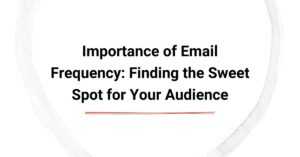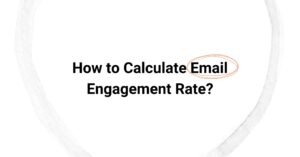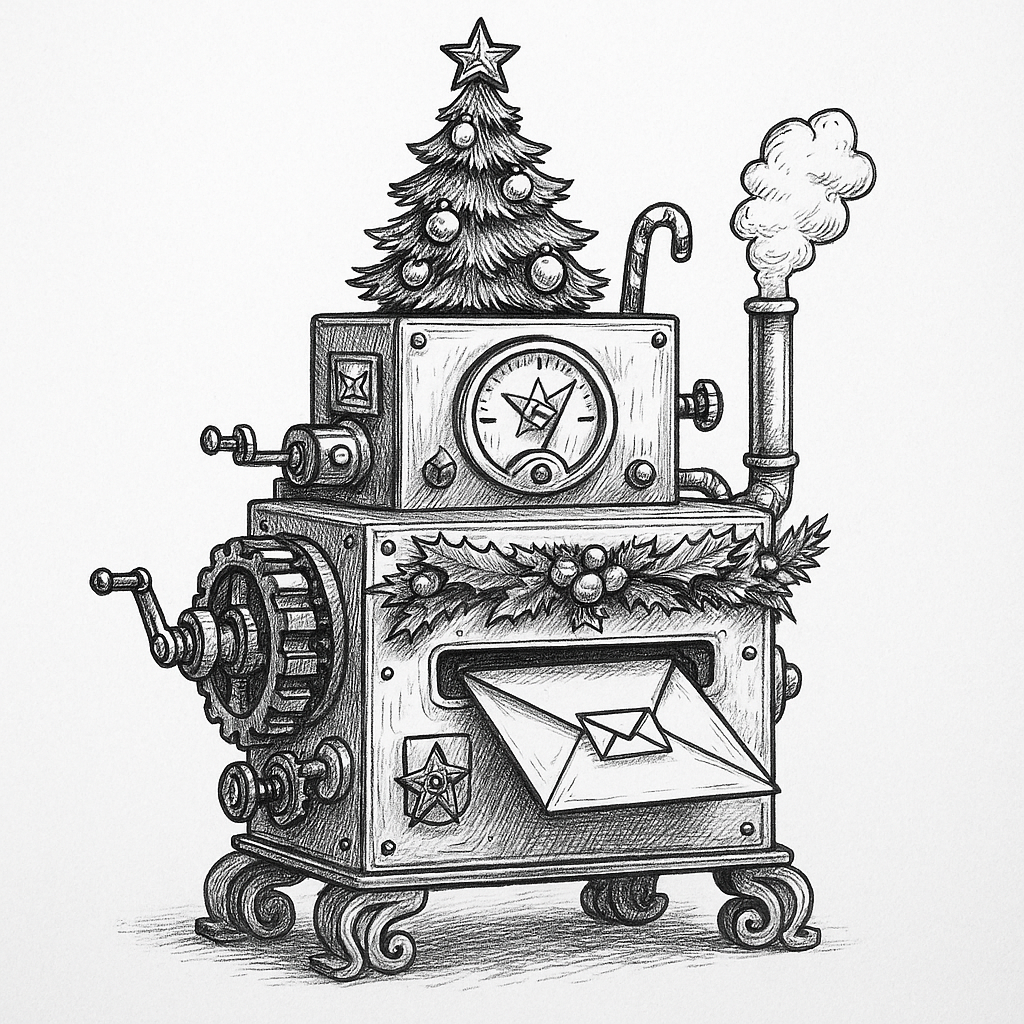Email marketing is a powerhouse for businesses looking to engage their audience and boost conversions. However, many marketers fall short when it comes to crafting an email strategy that converts. You might be sending out emails regularly, but are they generating the results you need? If your emails are landing in the inbox without converting readers into customers, it's time to rethink your approach. An effective email strategy is more than just sending emails—it’s about creating a deliberate plan that speaks directly to your audience’s needs, guiding them through the funnel with relevant, personalized content.
Creating an email strategy that converts involves understanding your goals, audience, and content. It’s about finding the right balance between automation, personalization, and testing. By fine-tuning your approach and focusing on the details that matter, you can optimize your email campaigns for better performance.
In this post, we’ll break down how to build an email strategy that converts, from setting clear goals to analyzing results. Let’s dig into what truly makes an email campaign effective.
What is a High-Converting Email Strategy?
Before we get into the details, let’s first define what a high-converting email strategy looks like. Simply put, a high-converting email strategy is a plan designed to push recipients through the sales funnel, using relevant and timely content that speaks directly to their needs. Every email you send should have a clear purpose—whether it’s to educate, remind, or drive a sale. A high-converting email strategy isn’t about hitting “send” on an email blast. It’s about providing consistent value to the right audience at the right time.
Without a solid strategy, your emails can end up ignored or, worse, marked as spam. When executed correctly, however, your emails will engage, nurture, and convert subscribers into loyal customers. Let's explore the essential elements that make up a successful email strategy that converts.
Key Components of an Email Strategy That Converts
Creating an email strategy that converts requires several core components. It’s about aligning your emails with specific goals, using the right tools, and ensuring that every part of your email campaign is working toward the end result: conversion. Here’s a breakdown of what matters most when building your strategy.
Goal Setting and Metrics Alignment
Before creating your emails, you need to establish clear goals. What are you hoping to achieve with your emails? Whether you want to generate leads, increase product signups, or drive sales, you need to define what success looks like. These goals often revolve around engaging potential customers early in their journey to increase the chances of conversion. Setting measurable goals will not only keep you focused but will also help you determine which metrics to track.
For example, a SaaS company might focus on free trial conversions, while an e-commerce business may prioritize direct sales. Once you’ve set these goals, tie them to broader business KPIs (like revenue or customer acquisition) and make sure to track metrics like open rates, CTR (click-through rates), and conversions.
Your goals should be SMART (Specific, Measurable, Achievable, Relevant, and Time-bound) to guide your email campaign planning effectively.
Audience Research and Segmentation
In order for your email strategy that converts to work, your messages need to be relevant to each recipient. Audience segmentation helps you break down your email list into smaller, targeted groups based on behaviors, demographics, and interests. Without segmentation, you’re sending generic content that may miss the mark.
For instance, segment your audience into groups like new subscribers, high-engagement users, or past purchasers. By tailoring content to these segments within your target audience, your emails will feel more personal, and subscribers will be more likely to take action
Consider using data like purchase history, email engagement, and survey responses to create segments. Over time, as you collect more behavioral data, you can continue refining your segments for better results.
Content That Drives Action
The content within your email is the engine that drives action. Whether you’re offering a discount, sharing educational resources, or announcing a product update, your content should provide value to the reader and motivate them to act. A well-written email copy, paired with a strong call-to-action (CTA), can make all the difference.
Every email should focus on a single goal. This helps avoid confusion and ensures that recipients know exactly what action they should take. Keep your content concise, clear, and compelling. Your subject line and preview text should entice the reader to open the email, and your your CTA, along with compelling email marketing copy, should make it easy for them to convert.
For example, offering a free trial or a time-limited discount creates urgency, pushing the reader to act quickly. A high-converting email strategy places this CTA where it’s easy to find, and it emphasizes the benefit of taking that next step.
Automation and Timing
One of the most powerful tools in any email marketing funnel is automation. Email automation allows you to send timely, relevant messages based on user behavior or lifecycle stage. For instance, the moment a user provides their email address, it becomes the starting point for triggering automated sequences that build engagement from day one.
Automation takes the pressure off your team while ensuring that emails are sent at the right moment. A well-timed email can drive conversions by reaching recipients when they’re most likely to take action, such as sending a cart abandonment email shortly after a potential customer abandons their shopping cart.
Don’t overwhelm your audience with too many automated emails. Instead, focus on key moments where you can make a meaningful impact, like welcoming new subscribers, nurturing leads, or offering personalized discounts.
Testing and Optimization
One of the most important elements of a high-converting email strategy is testing. By A/B testing various elements of your emails—such as different compelling subject lines, CTAs, and send times—you can figure out what works best for your audience. For example, you may discover that certain subject lines result in higher open rates, or that a specific CTA placement boosts conversions.
Testing and optimization are continuous processes. Regularly analyze your results, gather insights, and tweak your emails to improve performance. By refining your approach over time, you’ll achieve higher engagement and conversion rates.
Why These Strategy Elements Matter
Now that we’ve outlined the core components of an email strategy that converts, let’s take a moment to explore why each element is essential to your overall success.
Improving Conversion Rates
A well-crafted email strategy can significantly improve your conversion rates. By aligning your content with user intent, segmenting your audience, and delivering timely, relevant emails, you reduce friction and make it easier for recipients to take action. In other words, your strategy turns passive readers into active customers.
Maximizing ROI
Email marketing has one of the highest ROIs of any channel, but a successful strategy is required to reap the full rewards. By ensuring your emails are personalized, targeted, and timely, you’ll boost engagement and conversions—leading to a better return on your email marketing investment.
Nurturing Leads into Customers
A conversion-focused email strategy doesn’t just target immediate sales; it’s about nurturing leads over time. By keeping your audience engaged with valuable content and targeted offers, you build trust and move them closer to making a purchase. Lead nurturing emails can make a huge difference when it comes to converting potential new customers into long-term, loyal clients.
Step-by-Step: How to Create an Email Strategy That Converts
Now, let’s break down the steps you need to follow to create an email strategy that converts. By following these steps, you’ll be on your way to developing a successful, results-driven email campaign.
Step 1 – Define Conversion Goals
The first step in any email strategy is to define what you’re trying to achieve. Is your goal to generate more sales, drive sign-ups, or increase engagement? Identifying your primary objectives will help you set the direction for your entire campaign.
Step 2 – Map the Customer Journey
Think through the customer lifecycle and identify where email can make the biggest impact. Map out each touchpoint and determine what type of email content is most appropriate for each stage.
Step 3 – Build Segments and Personas
Next, segment your audience into different groups based on their behavior, interests, or demographics. By personalizing your emails for each segment, you can increase engagement and drive conversions.
Step 4 – Plan Campaign Types
Now it’s time to decide which types of emails you’ll be sending. Consider a mix of newsletters, promotional emails, product announcements, and more. Each type should be tailored to achieve specific goals.
Step 5 – Create High-Impact Content
Craft your email copy to be clear, concise, and action-oriented. Your CTAs should stand out and encourage recipients to take action. Create content that resonates with your audience’s needs, much like a good sales email, and speaks directly to their challenges.
Step 6 – Automate Smartly
Set up email workflows based on user behavior. Automate emails like welcome series, cart abandonment, and post-purchase follow-ups to ensure timely, relevant communication.
Step 7 – Analyze, Optimize, Repeat
After each email campaign, analyze your results. Review metrics like open rates, CTR, and conversions. Use this data to refine and improve your email strategy that converts over time.
Conclusion
To build an email strategy that converts, you need a structured plan that combines audience segmentation, goal setting, valuable content, automation, and continuous optimization. By focusing on these key elements, you can transform your email marketing efforts into a powerhouse for driving conversions. Remember, your strategy should not be static; it needs to evolve based on performance insights, audience behavior, and industry trends.
As you implement these steps, keep testing, tweaking, and personalizing your campaigns. An email strategy that converts isn't just about sending emails—it's about creating meaningful connections with your audience that lead to actions and ultimately, sales.
If you're looking to take your email strategy to the next level, or need help navigating complex deliverability issues, don’t hesitate to reach out to us. We specialize in solving email challenges that prevent your messages from reaching their full potential. Contact Email Industries today and see your emails get the results they deserve.

